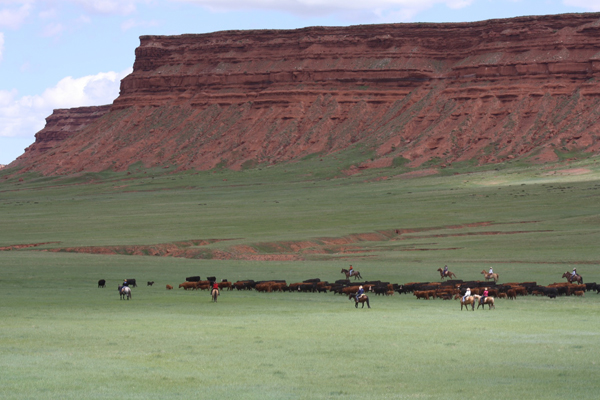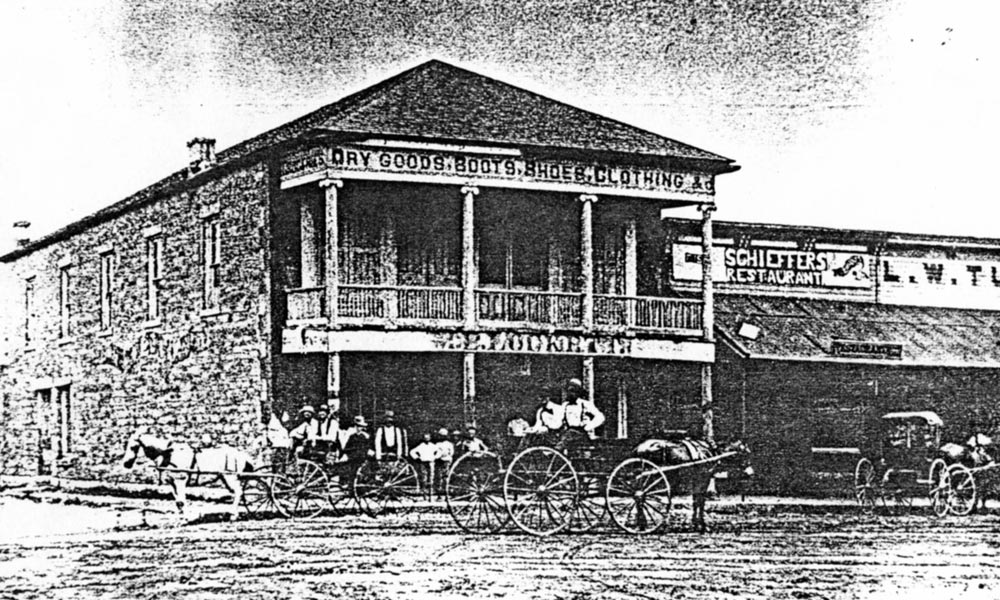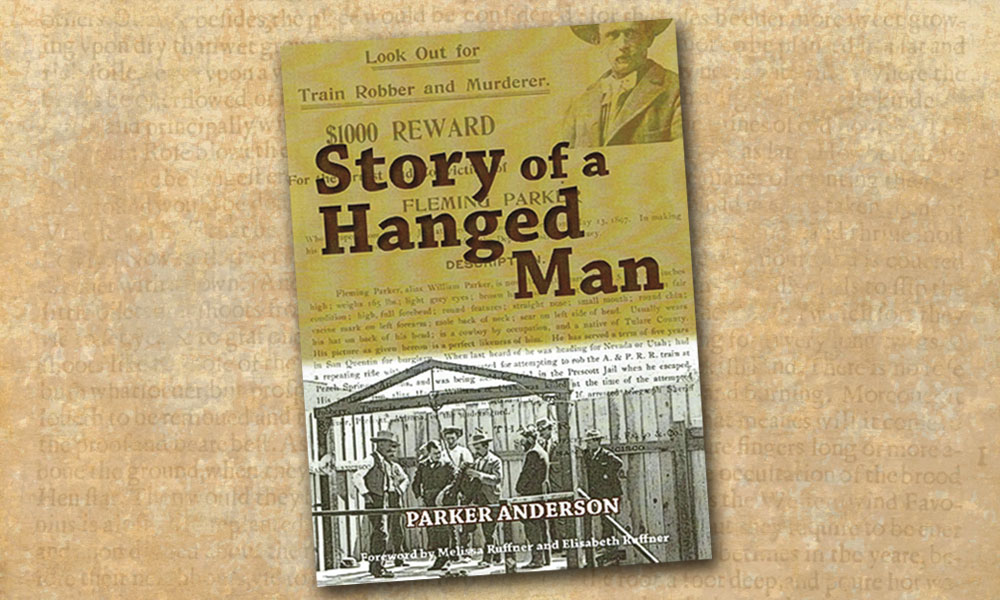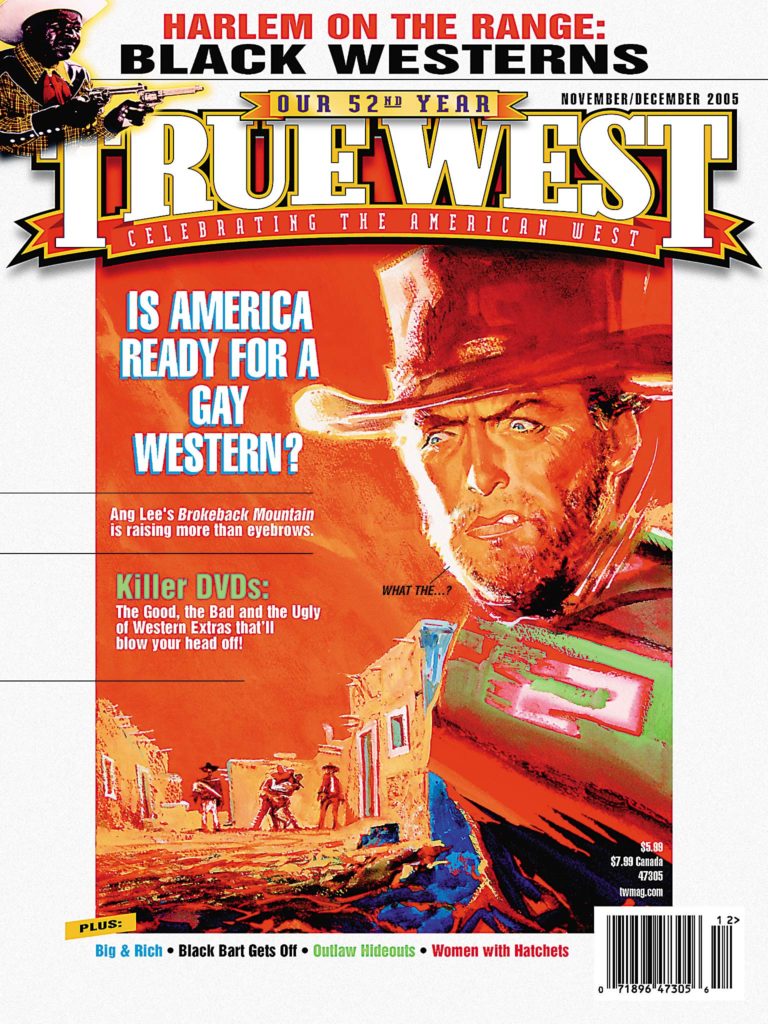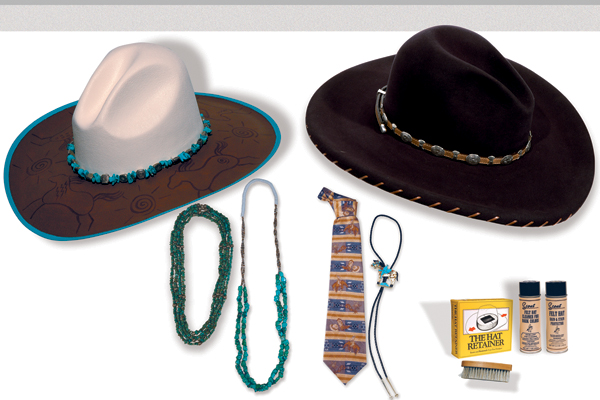 Ned Christie’s cabin was under attack. More than two dozen lawmen surrounded the Indian Territory home in November 1892.
Ned Christie’s cabin was under attack. More than two dozen lawmen surrounded the Indian Territory home in November 1892.
They were trying to capture or kill Christie—a Cherokee who was wanted in connection with the killing of a U.S. deputy marshal five years earlier. They’d been trying to force him from this home for more than three years. And for three years, they had failed.
This time was no different. The cabin wouldn’t yield. Bullets bounced off. Cannonballs failed to knock holes in the log walls. Some reports stated Christie laughed through the entire battle, firing taunts and bullets at the impotent officers—all the while, safe inside his cabin.
It’s probably better to call it a fort. It was literally a cabin within a cabin, with sand poured between the walls. The building was two stories with one door and no windows, although the upper floor had portholes that allowed the occupants to rain bullets on intruders. There was a root cellar to hold food. Furniture was scarce, but there was space for guns and ammunition. Some believed the cabin was impregnable.
It wasn’t. A load of dynamite took off a corner of the building and started a fire. Christie came out shooting, only to fall in a hail of lead. His body was carted away, while his home burned to ashes.
Needless to say, Ned Christie’s place was not your typical log cabin. Heck, there really wasn’t a “typical” style in the first place. Yet, cabins were almost omnipresent in the Old West. Outlaws, lawmen, gunfighters, pioneers, farmers and ranchers—all needed someplace to call home, be it ever so humble.
Yes, some homes were made of logs. Others, out of wood planks. Sod and stone were popular, often augmented by animal hides, canvas or any material that would provide some semblance of shelter. Whatever was at hand was used.
And the early homes, usually made for and by bachelor pioneers, were cramped; the height, length and width were just barely larger than a man’s size, meaning he ducked to get inside. Many cabins didn’t have floors, windows, fireplaces or stoves. They provided a little security and a bit of shelter from the weather, but they were not built for comfort.
And that meant there wasn’t much room for anything besides the people. One settler said his cabin featured “a small table about three feet square, a wooden bench to sit on, a wooden bunk in one corner for a bed, a water bucket, two tin dishes, and a fry pan.”
As women became part of the frontier equation (you knew this was coming), cabins grew in size and features. Two-story buildings became more common. Windows were made of real glass, and housewives made curtains to add color. A stone fireplace added light and heat. For cooking over these fireplaces, settlers brought along pots and pans and utensils, along with plates and cups for serving the meals. Some hauled out actual furniture, such as dressers, cabinets and beds. Additional chairs and footstools were made or bought, to be placed in the sitting area near the fire. Rugs were thrown down on the now-finished floors. To spruce things up even more, photographs, rustic artworks and floral displays were placed on walls and mantles.
For a fortunate few, music filled the home with the addition of a piano or pump organ. This was the lap of luxury, and then some.
Now history repeats itself—to a point. Log homes are all the rage, although Ned Christie and other Old West denizens may be a bit skeptical about calling them “cabins.” These structures are a little rough to our modern sensibilities, yet, they do more than shelter us from weather and marauders. At the very least, they give those of us with frontier dreams a chance to live the life without most of the hardships. And if we’ve got the cash, the reality can be downright opulent.
If you’re inclined to go the log cabin route, you’ll need just the right items to put in it. After all, to create the decor of rustic splendor, just anything won’t do.
So we’ve got some suggestions about what you should have for your own frontier paradise and what you should give to those who also own a cabin retreat. They’re the little touches that make a cabin a home—a place of pride and accomplishment. Okay, maybe you won’t defend your castle to the death like Ned Christie did. But then again….


